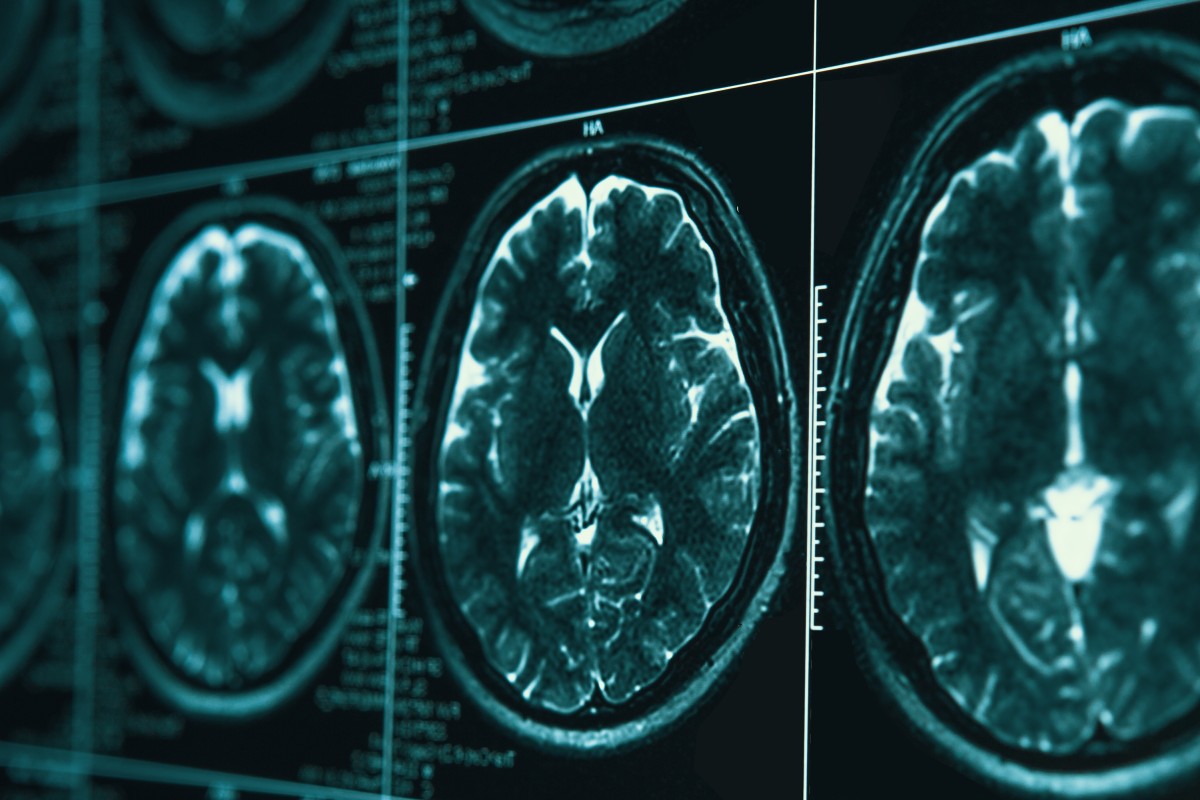Alzheimer’s disease can be detected up to 20 years before you feel any symptoms, such as memory loss, according to new research.
The findings raise the possibility that newly developed medication or other treatment might delay or even prevent the symptoms from developing later in life.
A large international study led by Sweden’s Lund University says it is possible to detect the disease at an early stage because changes in your brain take place before any symptoms start to show.
Involve two proteins
These changes involve the two proteins that have been connected with Alzheimer’s. They are beta-amyloid, which lays down plaque in the brain, as well as tau, which grows over time inside cells in the brain.
When these two proteins reach high levels and a person starts to show symptoms of the disease they form a basis for the diagnosis of Alzheimer’s.
Ten to 20 years
These changes in the brain, however, take place from 10 to 20 years before a person feels any symptoms, explains Dr. Oskar Hansson, a senior neurology physician at Skåne University Hospital who is also a professor at Lund University.
It is only at the time that tau starts to spread that nerve cells die, he explains. The person involved then begins to experience the first symptoms, such as memory loss. That slow build-up over time is the reason Alzheimer’s disease is so hard to diagnose when it is in its earlier stages.
Major international study
To investigate the role of the protein build-up further, Hansson led a major international study involving 1,325 people from the United States, Sweden, Australia and the Netherlands.
At the start of the study those who took part were not suffering any cognitive impairment. The researchers used PET scans to determine the existence of amyloid and tau in their brains.
A few years later the researchers followed up on those findings. They found that those people who had the two proteins present in their brains faced a risk of developing Alzheimer’s that is 20 to 40 times higher compared with those who showed no biological change.
As a result, when both tau and beta-amyloid are present in a person’s brain, it can be considered as a diagnosis, not just a risk factor, says Dr. Rik Ossenkoppele, a senior researcher at Lund University. A pathologist examining samples from a person’s brain who has these proteins would diagnose the person immediately as having Alzheimer’s, he adds.
Two schools of thought
Ossenkoppele explains that there are two schools of thought on this issue. On the one hand are those who believe it is not possible to diagnose Alzheimer’s disease until brain impairment has taken place. On the other hand is the group to which he and his colleagues belong. They say a diagnosis can be established only on what can be seen in the brain regardless of the presence or absence of symptoms.
In other words, once a build-up in the two proteins is noticed, the person can be said to have Alzheimer’s.
The results can be compared with those relating to prostate cancer, Ossenkoppele says. If you conduct a biopsy and discover cancerous cells, then the diagnosis will be cancer, even though the person has not yet developed any symptoms.
New drug
Clinical trials of a new drug to treat Alzheimer’s, called Lecanemab, has shown positive results, the researchers say. In this regard, the new study made by researchers from Lund University is of special interest, they add.
If Alzheimer’s can be diagnosed before changes appear in the brain, the drug might be used to slow the disease when it is in its earliest stages, they say.
Combined with good nutrition and physical activity, the chances of slowing or even preventing future brain impairment are much greater.
More research is needed, however, before recommending treatment for those people who have failed to develop memory loss, Hansson concludes.
The study appears in the journal Nature Medicine.






